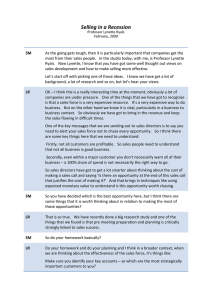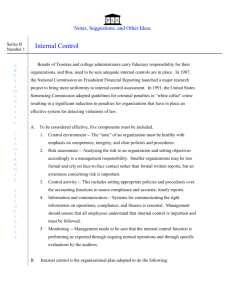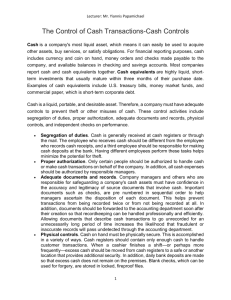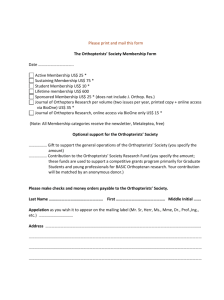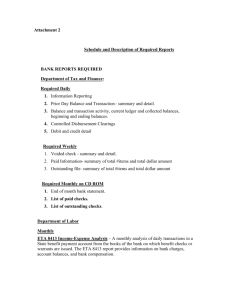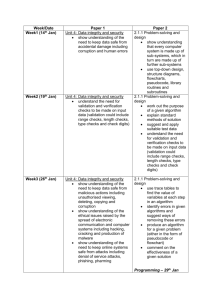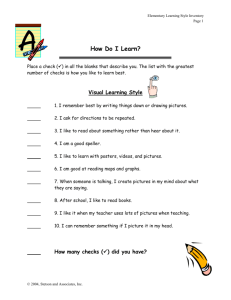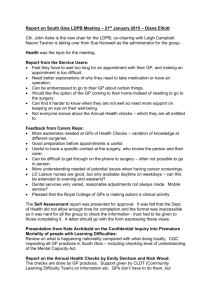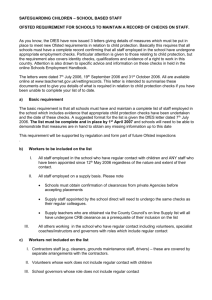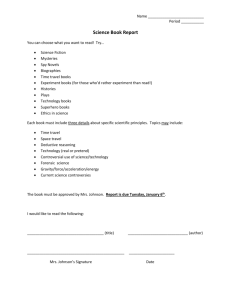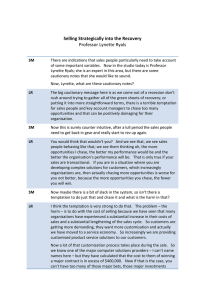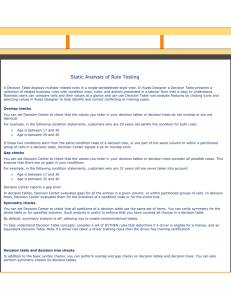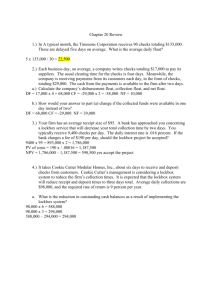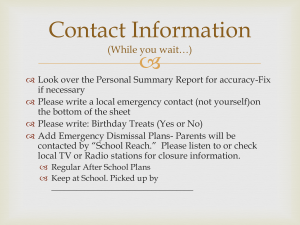CHAPTER 3 HEALTH APPRAISALS
advertisement
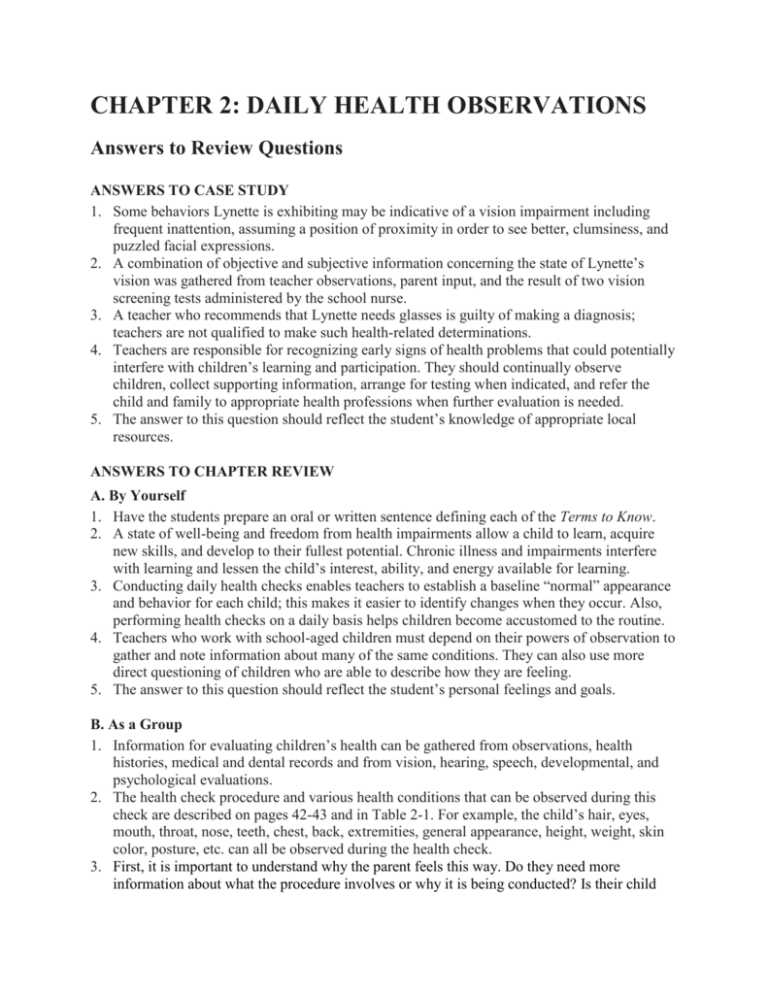
CHAPTER 2: DAILY HEALTH OBSERVATIONS Answers to Review Questions ANSWERS TO CASE STUDY 1. Some behaviors Lynette is exhibiting may be indicative of a vision impairment including frequent inattention, assuming a position of proximity in order to see better, clumsiness, and puzzled facial expressions. 2. A combination of objective and subjective information concerning the state of Lynette’s vision was gathered from teacher observations, parent input, and the result of two vision screening tests administered by the school nurse. 3. A teacher who recommends that Lynette needs glasses is guilty of making a diagnosis; teachers are not qualified to make such health-related determinations. 4. Teachers are responsible for recognizing early signs of health problems that could potentially interfere with children’s learning and participation. They should continually observe children, collect supporting information, arrange for testing when indicated, and refer the child and family to appropriate health professions when further evaluation is needed. 5. The answer to this question should reflect the student’s knowledge of appropriate local resources. ANSWERS TO CHAPTER REVIEW A. By Yourself 1. Have the students prepare an oral or written sentence defining each of the Terms to Know. 2. A state of well-being and freedom from health impairments allow a child to learn, acquire new skills, and develop to their fullest potential. Chronic illness and impairments interfere with learning and lessen the child’s interest, ability, and energy available for learning. 3. Conducting daily health checks enables teachers to establish a baseline “normal” appearance and behavior for each child; this makes it easier to identify changes when they occur. Also, performing health checks on a daily basis helps children become accustomed to the routine. 4. Teachers who work with school-aged children must depend on their powers of observation to gather and note information about many of the same conditions. They can also use more direct questioning of children who are able to describe how they are feeling. 5. The answer to this question should reflect the student’s personal feelings and goals. B. As a Group 1. Information for evaluating children’s health can be gathered from observations, health histories, medical and dental records and from vision, hearing, speech, developmental, and psychological evaluations. 2. The health check procedure and various health conditions that can be observed during this check are described on pages 42-43 and in Table 2-1. For example, the child’s hair, eyes, mouth, throat, nose, teeth, chest, back, extremities, general appearance, height, weight, skin color, posture, etc. can all be observed during the health check. 3. First, it is important to understand why the parent feels this way. Do they need more information about what the procedure involves or why it is being conducted? Is their child uncomfortable? Encourage the parent to observe the daily health check. Help them to understand the purpose of health checks in terms of protecting their child’s health as well as that of the other children, and as an educational experience for all children. Encourage the parent to continue asking questions. 4. Information from daily health checks can help teachers be alert to the early signs of children’s illnesses that might otherwise interfere with learning. Children also benefit from informal health education and one-on-one conversations with their teacher. In addition, children may develop an increased awareness of their personal health, become interested in health matters, and become more comfortable with the process. 5. In most cases, formal health checks require less than a minute to complete. These 60 seconds typically yield valuable information about a child that may otherwise be overlooked during a busy day. Also, the one-on-one time spent with each child conveys a feeling of importance and mutual trust. 6. Teachers have many opportunities to provide families with information about preventive health care practices. Information can be shared with children and their families during daily health checks. Families can be invited to assist with and participate in classroom activities that focus on preventive health practices. Information about preventive health can also be disseminated in newsletters, displayed on bulletin boards, or posted on the school’s website.




